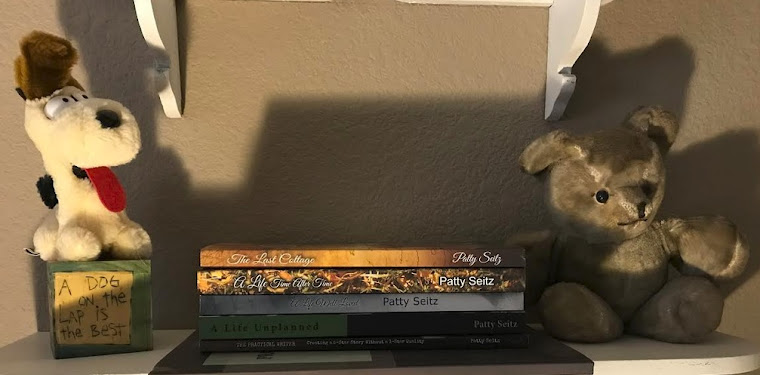Now I’m back to those 2 years at my first MT job. I took
this job in February of 1976. I remember
feeling this was never going to work out for me because of having no medical
background. When I started, I really did
not know what type of terminology I would be transcribing. On top of that, I had what I thought was a
really strange typewriter. It was an IBM
Executive, something I had never heard of before. It had this tiny little screen where you
could see the letters you were typing, but it was so small, you could hardly
see a full word. To make it even more
complicated, each letter took up a different amount of spaces. The letter M was
5 spaces, but the letter L was 1 space. There
was terminology to learn, formats to learn, and spacing units to learn. It was quite the challenge, but I wanted to
do a good job, since the only reason I was working at this clinic was because a
good friend recommended me, and I did not want to let her down.
Needless to say, I fell in love with medical transcription.
If a profession can be your soul mate, MT was mine! I could not imagine doing anything else. As it turns out, I was pretty darn good at
this medical transcribing stuff. It was
a great introduction to the field, since the terminology was not that
complicated. It is funny to think, though, that all I had was a medical
dictionary and a PDR (Physician’s Desk Reference). Now that I think about it, I don’t hear of
too many using that particular reference these days. I know I could have used their website back
in the day, but since there was no internet then, I guess that would not have
worked very well.
The transcription equipment we used was so old. It was a Dictaphone using a dictabelt, a tape
that looked like a brown armband. It had
been introduced to the market in 1947 and very popular for about 10 years, but
despite advances in that type of technology, it could still be found in use
until around 1979. When I left my job in
July of 1978, they were still going strong,
despite having to call the repair guy about every other week to come out to fix
them.
Our
machines did not have the handheld dictating piece attached, but this is the
machine. Now that brings back some memories! When the physician was done dictating, he would
click it off, and a little hole would be punched in that paper bar you can see
on the right side of the machine. That
would slide out, you marked the date on it, and paper clipped that to the tape
that slid out on the side of the machine that you can’t see in this
picture. We had about 4 machines, and
each one had a designated department, so you always knew which department was
dictating. Our desks sat behind a row of filing cabinets,
so if someone came in to get a file, unless they came around the corner to say
hello, you never knew who it was. After
working there a short while, I managed to talk my boss into allowing us to rearrange
the room so we were not blocked in by all those cabinets. I guess it just never occurred to anyone else
(well, the only other MT working there), to ask if we could do that. It was so nice to have a much more open and
spacious area in which to work, especially since personnel did not come in all
day long, just once in a while.


Wow, thanks for that walk down Memory Lane, Patty. I love reading your blogs, because they bring back so many memories for me as well.
ReplyDeleteI do remember that transcriber with the belts. When I started back in 1971, we used red plastic discs that looked like 45 RPM records. When we finished them, we took a yellow crayon and marked an "X" on the side that was completed. Keep blogging!!